The city exploits water from the Thu Bon River to ensure water security. Photo: HOANG HIEP |
Modify inter-lake operating procedures
To avoid the situation where the water level of Vu Gia River drops to a historic low and salinity intrudes deep into Yen River and Tuy Loan River like in 2024, experts, scientists, and managers suggest that it is necessary to soon amend the operating procedures of lakes and dams along the Vu Gia - Thu Bon river basin.
Vice Chairman of the People's Committee of Hoa Phong Commune (Hoa Vang District) Ngo Van Nhan suggested that the process of operating the inter-reservoirs in the Vu Gia - Thu Bon river basin should be studied, supplemented and adjusted to prevent saltwater from intruding deep into the Yen and Tuy Loan rivers; at the same time, there should be solutions to quickly overcome salinity when this situation occurs. Head of the Department of Water Resources and Irrigation Management (Department of Agriculture and Environment of Da Nang City) Le Van Tuyen also stated that the revision and adjustment of the process of operating the inter-reservoirs in the Vu Gia - Thu Bon river basin should limit the impact on the exploitation and use of water by people downstream of the An Trach dam as well as create a smooth, effective and quick coordination mechanism in solving problems related to exploitation and use of water downstream. "In 2025, we have included the content of preventing water shortages and salinity in the Tuy Loan and Yen rivers in the drought prevention plan to proactively respond," said Mr. Le Van Tuyen.
Mr. Huynh Van Thang, former Deputy Director of the Department of Agriculture and Rural Development (now the Department of Agriculture and Environment of Da Nang City) proposed to adjust the operation of Song Bung 4A and Song Bung 5 hydropower reservoirs to play the role of regulating daily water resources for the downstream of Vu Gia River during the dry season.
Accordingly, based on the water flow from the upstream regulated hydroelectric reservoirs, instead of discharging with a large flow for a short period of time during the day, the two hydroelectric reservoirs Song Bung 4A and Song Bung 5 store and regulate with a steady flow for 24 hours. The State needs to have a financial mechanism for Song Bung 5 hydroelectric power plant to regulate water resources, creating a continuous flow downstream. Dr. Le Hung, lecturer at the Faculty of Hydraulic Construction, University of Technology - University of Danang, proposed to supplement the regulation on the lowest water level according to 5 stages during the flood season to minimize the risk of not being able to store enough water in the reservoir or not being able to store much water in years without floods.
The highest water level before the flood and the lowest flood receiving water level of the reservoirs are also proposed to be divided into 4-5 stages instead of just 2 stages to increase flexibility in flood cutting and reduction operations for downstream areas, while still ensuring the highest water storage at the end of the flood season to supply water to downstream areas in the dry season. Along with that, it is necessary to supplement the regulation on assigning the authority to manage the water discharge of hydroelectric reservoirs to the Chairman of the People's Committee of Da Nang City when the water level of the Yen River at the upstream of the An Trach dam drops below 1.8m for more than 12 hours in a day or when the salinity of the Cam Le River at the raw water intake of the Cau Do water plant is greater than 1,000mg/l for more than 12 consecutive hours, in order to limit the situation of the Yen River's water level dropping too low and salinity intrusion too deep into the Tuy Loan and Yen rivers as in the past.
Ensuring water security
The extremely low rainfall that lasted for more than 4 months in the first 4 months of 2024, similar to the same period in 2021, caused the reservoir on the Cu De River upstream of the Nam My Dam (Hoa Bac Commune, Hoa Vang District) to drop to the dead water level for 1 week in mid-May 2024, threatening the domestic water supply for Da Nang City... Dr. Le Hung said that according to calculations, during the dry season, there were times when the water flow to this reservoir was less than 1m3/s. However, according to the reservoir operation process, the environmental flow discharge to the downstream was up to 2.39m3 / s. Therefore, it is necessary to adjust the water flow discharge to the downstream of the dam when the water flow to the reservoir is low.
The situation of too little rainfall occurring in the Cu De River basin only 3 years apart (2021 and 2024) also raises the issue of the need to soon build a large reservoir on the Bac River (upstream of the Cu De River) to proactively ensure water security for Da Nang city and serve the Hoa Lien water plant (phase 2) to increase water supply capacity in the future. Recently, in Decision No. 483/QD-UBND dated February 19, 2025 of the Da Nang City People's Committee on the list of approved projects and the order of priority for implementation in the coming time, the Hoa Lien water plant project (phase 2) will be invested before 2030, while the Bac River reservoir construction investment project will be implemented in the period after 2030 with the investor's capital.
Mr. Huynh Van Thang expressed that Da Nang city is mainly exploiting the Vu Gia river water source to supply water for daily life and production, but it is often affected by salinity and water shortages due to the impact of investment and operation of hydroelectric reservoirs upstream and other factors. The exploitation of Vu Gia river water source also faces challenges when the river basin is being strongly urbanized and there is a risk of being cut off when a big flood occurs, completely pouring water into Thu Bon river like the historic flood in 1999. Cu De river water source is important to Da Nang city, but unfortunately it is not abundant.
The Cu De River basin area is very small, so the water generation capacity in the dry season of this river basin is not large. Therefore, when increasing the capacity of Hoa Lien Water Plant, especially after 2030, the city needs to build a large reservoir on Bac River (upstream of Cu De River) to fully exploit the water source, ensuring a maximum water supply of about 350,000m3 / day. However, this reserve only accounts for about 20-30% of the city's total water demand by 2050.
Therefore, Da Nang needs to focus on exploiting water resources from the Thu Bon River to ensure water security for the city after 2030. In addition, to reserve water resources for Da Nang city, the city needs to study the construction of dams or reservoirs on the Lo Dong River and the Lon stream in the upper reaches of the Tuy Loan River. Along with that, protect and preserve Dong Nghe Lake, especially the environment and water source hygiene to serve as a freshwater reserve, ensuring water security for Da Nang city.
HOANG HIEP
Source: https://baodanang.vn/kinhte/202504/dau-tu-cac-cong-trinh-thuy-hien-dai-da-muc-tieu-bai-cuoi-can-giai-phap-tong-the-bao-dam-an-ninh-nguon-nuoc-4005584/


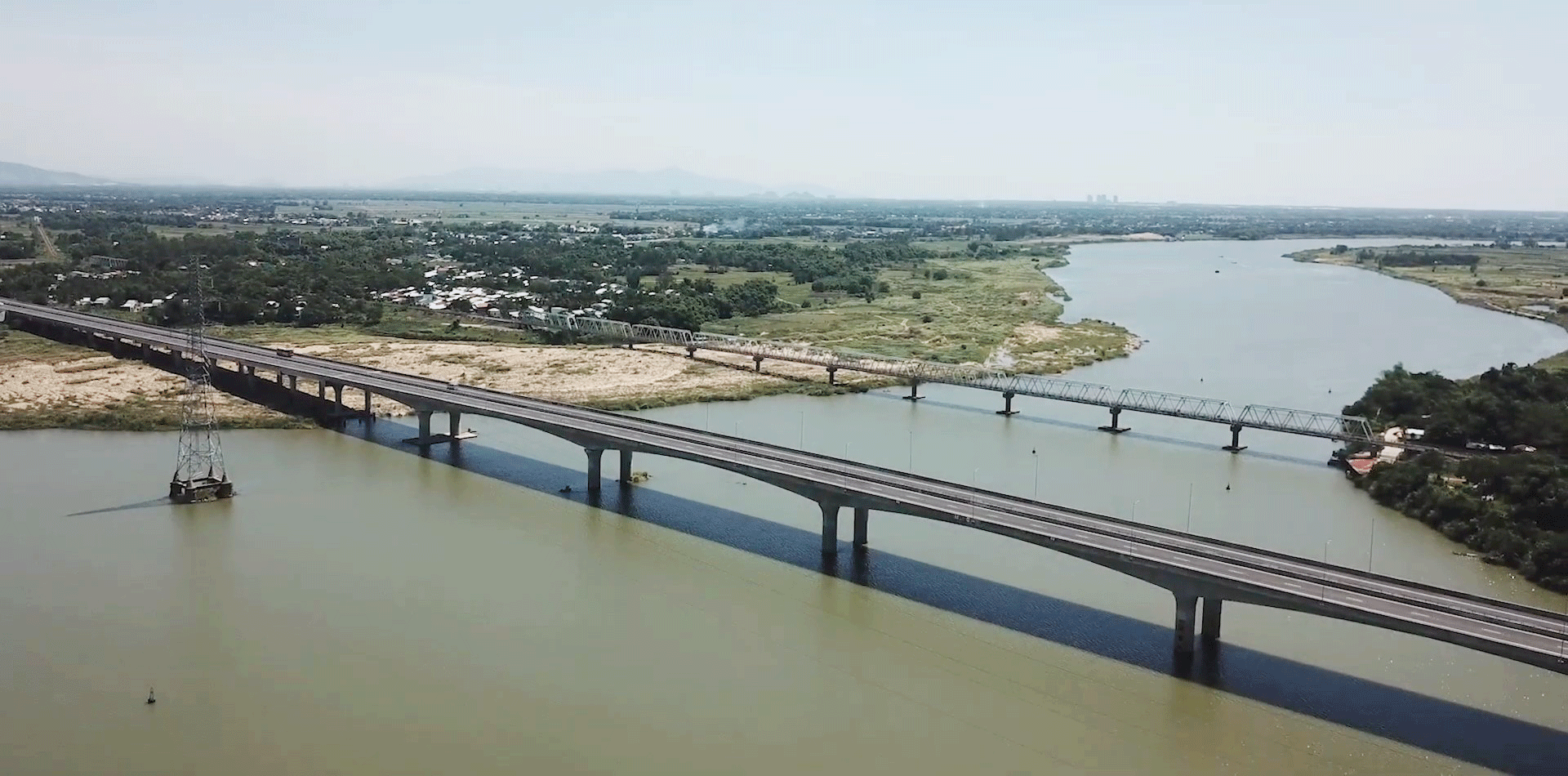






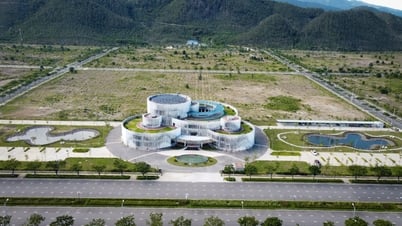
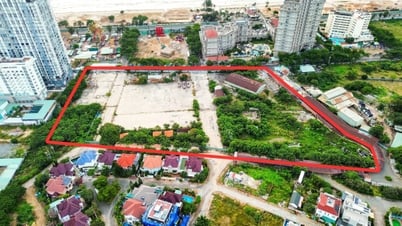


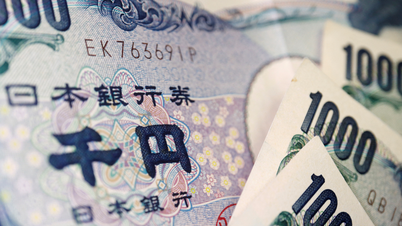
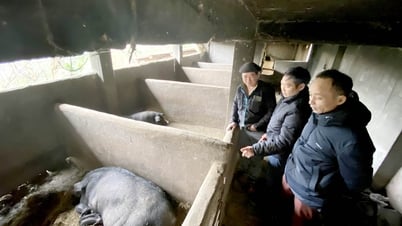




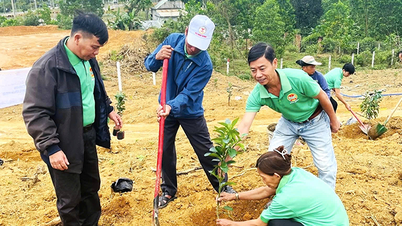
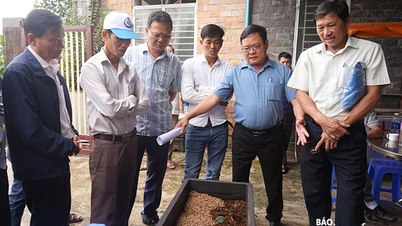
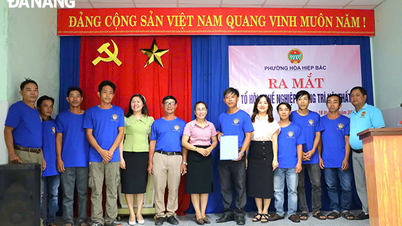
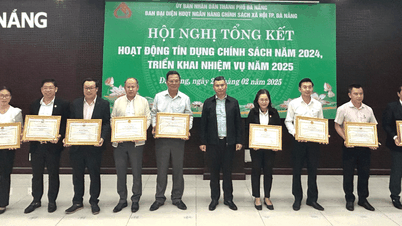
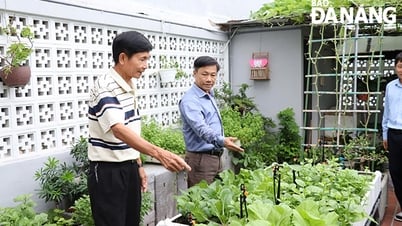




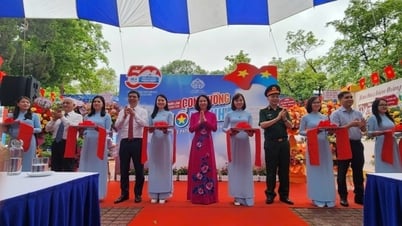

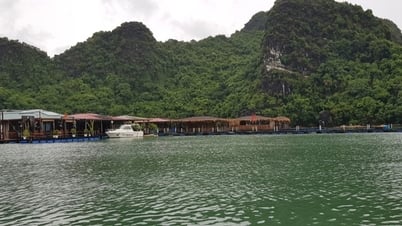







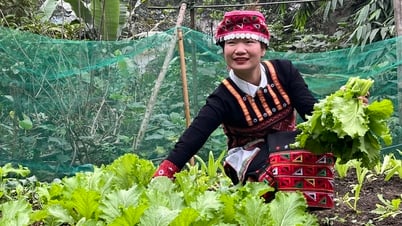

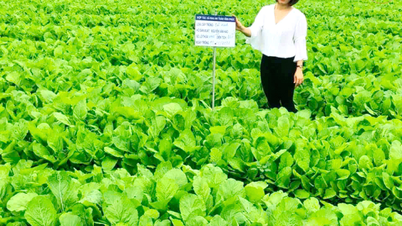

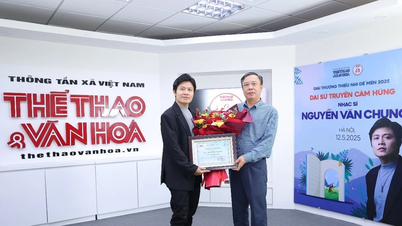




















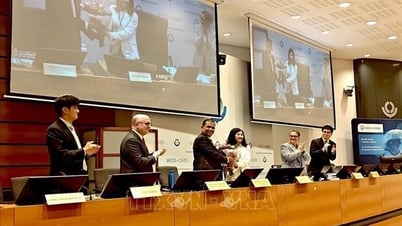





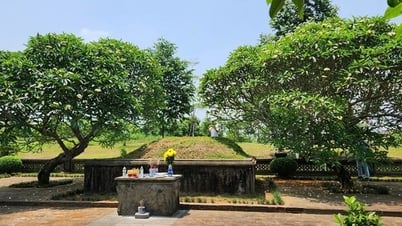
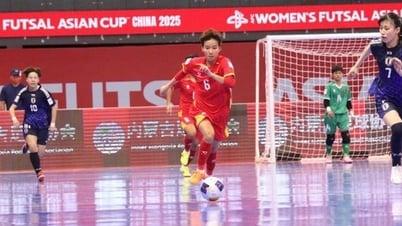
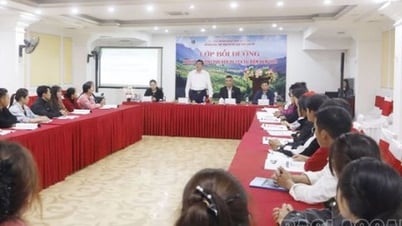


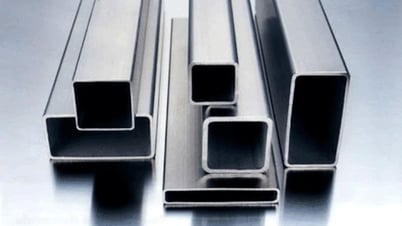

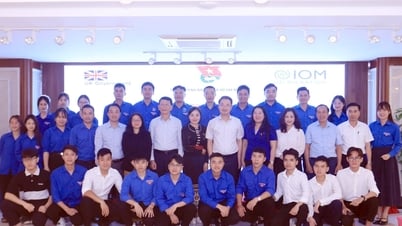


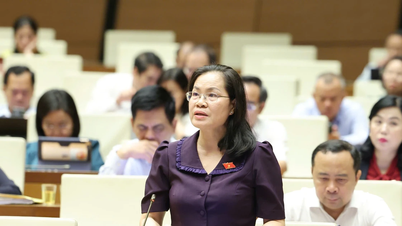
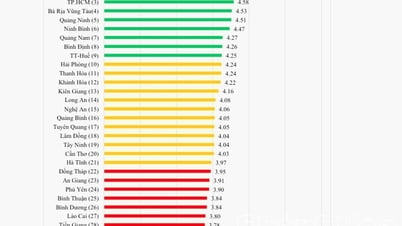







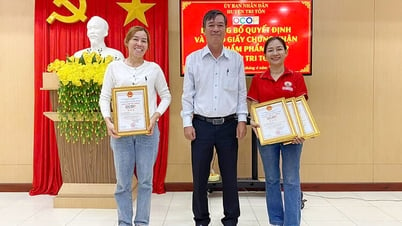



Comment (0)